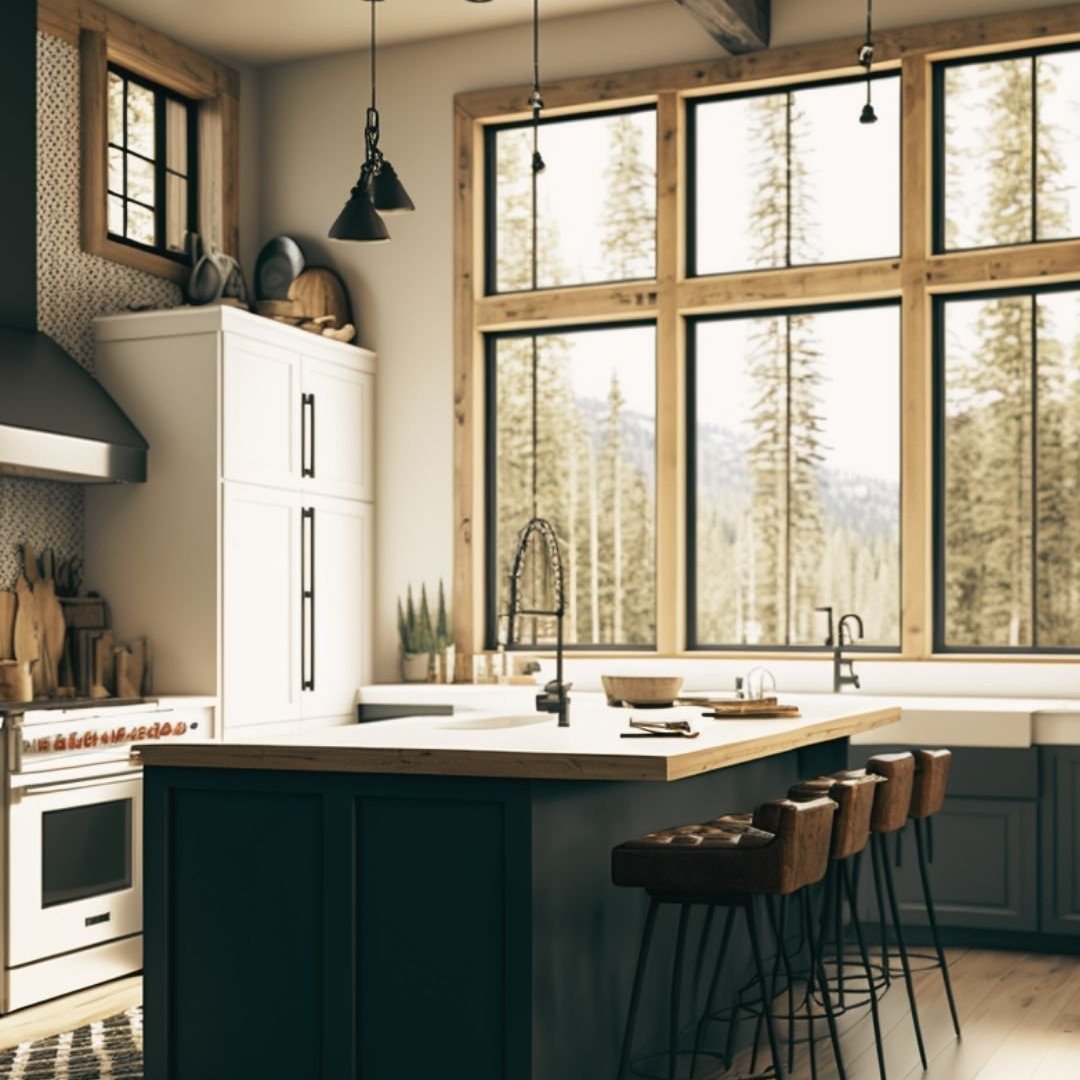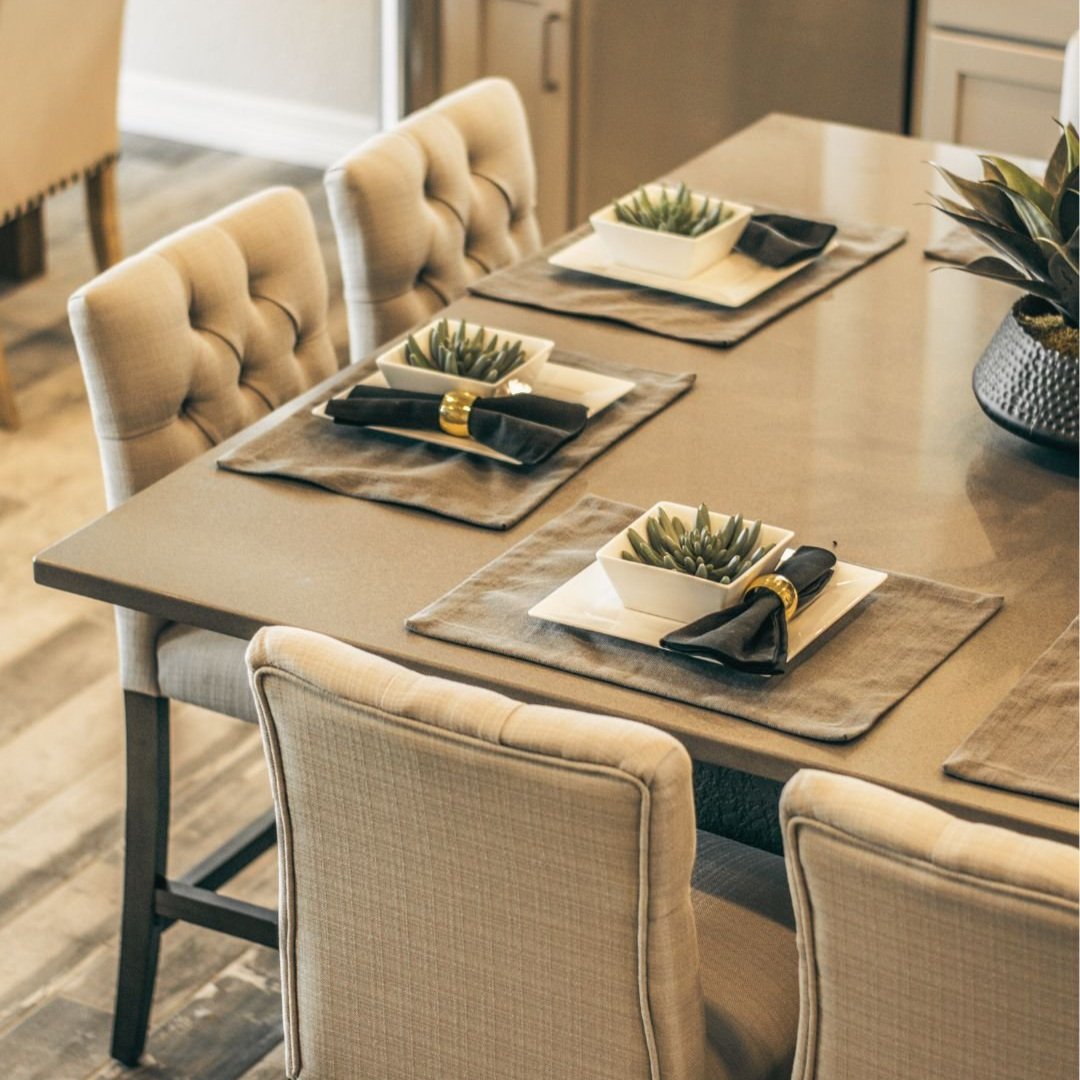Top Questions Budding Interior Designers Ask, Answered
/Design school can be demanding and thorough, but it often misses out on the nitty-gritty of running a business in the real world. If you’re just starting out as an interior designer, it’s only natural to have a ton of questions. And let’s be real—even if you’ve been in the industry for years, there are moments when you wonder how other designers are handling things or if you’re keeping up with the latest practices. So whether you’re just beginning or have been in the industry for years, these questions are for you!
1. How do I set my pricing and fees?
Setting your pricing can feel like walking a tightrope. You don’t want to scare potential clients away with high fees, but you also don’t want to undersell yourself. The good news is, there’s no one-size-fits-all approach—many designers use a combination of pricing models to keep things flexible and fair. For example, you could start with a flat rate base fee for a clearly defined scope of work and then switch to an hourly rate for any additional services or changes beyond the initial agreement. When deciding on your rates, consider factors like your location, experience level, target client, and the complexity of the project. High-end clients in major cities might expect a different pricing structure than a young couple in a small town. It’s all about aligning your value with your market.
2. What is a typical workflow for a design project from start to finish?
A smooth workflow is the backbone of any successful design project. Here’s a typical flow that you can customize as needed:
Initial Consultation: Meet with the client to understand their needs, preferences, and budget. This is your chance to build rapport and set expectations.
Design Concept Phase: Develop the big-picture vision for the space. This might include mood boards, color palettes, and inspiration images. This phase helps you and your client get on the same page about the direction of the design.
Design Development Phase: Now, it’s time to dive into the details! This phase involves creating detailed floor plans, choosing materials, and selecting furniture. You might also develop 3D renderings or conceptual drawings to help clients visualize the space.
Procurement: With the design approved, it’s time to order materials, furniture, and decor. Coordinate with suppliers, manage timelines, and keep an eye on the budget.
Installation: This is where the magic happens! Coordinate with contractors and oversee the installation to ensure everything aligns with the vision.
Project Wrap-Up: After installation, do a final walk-through with the client, address any last-minute tweaks, and make sure they are thrilled with the result. This is also a great time to request testimonials and take professional photos for your portfolio!
3. What social media platforms are most beneficial for interior designers?
Choosing the right social media platform can elevate your business and connect you with potential clients. Here’s a breakdown:
Instagram: A must for interior designers! It’s perfect for showcasing your portfolio with high-quality images, behind-the-scenes stories, and Reels that show your personality and process.
Pinterest: Another visual powerhouse, great for driving traffic to your website and getting your designs in front of people actively searching for inspiration.
Facebook: It can be useful for building a community through groups or promoting your services via local business pages.
Houzz: Fantastic for connecting directly with homeowners looking for professionals and sharing reviews.
LinkedIn: Great for establishing authority, networking with other professionals, and sharing thought leadership content.
YouTube: Perfect if you’re comfortable in front of the camera—share design tips, process videos, or even virtual tours of your projects.
4. What are the best project management tools for interior designers?
Staying organized and on top of things is key, and there are some fantastic tools out there to help you do just that. For general project management, Asana, Trello, and ClickUp offer great platforms to organize tasks, timelines, and team collaboration. For more interior design-specific needs, tools like Studio Designer, Design Files, Design Manager, and Houzz Pro (formerly Ivy) offer comprehensive solutions for everything from billing and procurement to client communication and product sourcing. Each has its strengths, so it’s worth exploring them to find the best fit for your workflow.
5. How do I build a portfolio with little or no experience?
The classic “chicken and egg” situation—clients want to see a portfolio, but you need clients to build one. Start by designing for friends or family or even staging rooms in your own home. Take on small, low-budget projects or volunteer to do spaces for local businesses or charity events. Make sure to document everything—high-quality photos are fundamental. And don’t forget to share your process, not just the finished product. Mood boards, sketches, and before-and-after shots show clients how you think and execute.
6. How can I differentiate myself from other designers in a crowded market?
Finding your unique place in the design world starts with a bit of self-reflection. Here’s how to carve out your niche:
Identify Your Strengths: Are you great with bold color palettes? An expert at sustainable design? Know your superpower and lean into it.
Define Your Ideal Client: Knowing who you want to work with can help you tailor your messaging, portfolio, and marketing efforts.
Develop Your Brand Voice: How do you want to be perceived? Fun and quirky? Elegant and sophisticated? Make sure this comes through consistently in all your communications.
Show Your Personality: People connect with people, not just pretty pictures. Use your website, social media, and client interactions to let your authentic self shine through.
7. What are the best ways to present design concepts to clients?
Presentation matters! Start by setting up templates in Canva or your preferred platform for professional and consistent presentations. Use a mix of samples and swatches, inspiration images, conceptual drawings, and, if the budget allows, 3D renders. Make sure to tailor your presentation style to each client—some might prefer a hands-on approach with physical boards, while others might be more tech-savvy and prefer digital formats.
8. What should be included in a client contract?
A solid contract is your best friend. It should clearly outline the scope of work, payment terms, timelines, and responsibilities. Include a clause on revisions to prevent endless changes without compensation. Make sure to cover what happens if either party needs to terminate the contract and add a section about the handling of delays, like those caused by supply chain issues. The goal is to protect both parties and set clear expectations from the start. You can read more on this in this post.
9. How do I deal with clients who have unrealistic budgets or expectations?
When faced with tricky clients who have big dreams but a small budget, clarity is key. Start with a generic estimated budget calculator to help them understand the costs associated with different levels of finishes and furniture. Then, offer tiered proposals that give them options at various price points. This way, they can see what’s achievable within their budget and understand how upgrading impacts the overall cost, but it leaves the decision in their hands.
10. What tasks should I be outsourcing?
Thankfully, just about any task can be outsourced, from bookkeeping to procurement to social media management. Even technical tasks like CAD drawings and renders can be handled by someone else. Here at Elite Design Assistants, we’ve got a team ready to help with all of that. Whether it’s something you’re not strong at, something you don’t enjoy, or something you simply don’t have time for, outsourcing is a smart way to keep your focus on the creative aspects of your business.
Starting out in interior design can feel like juggling a million things at once, but remember, every experienced designer started where you are. It’s completely normal to wonder how others are managing their processes, and networking can be a fantastic way to gain insights from other industry professionals who are open and willing to share their experiences. But remember, just because others are doing things a certain way doesn’t mean it’s the best way for you at this moment. Embrace your unique journey, be open to trying new methods, reassess from time to time, and trust that you’re finding the path that works best for you. Good luck—you’ve got this!
xx, Danae

































